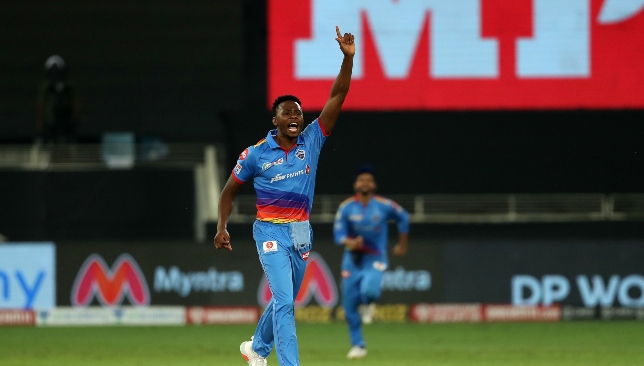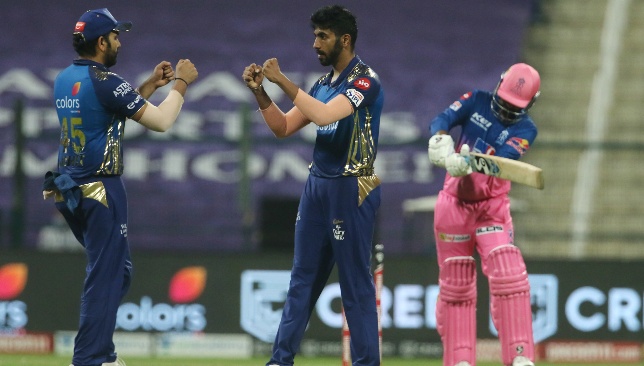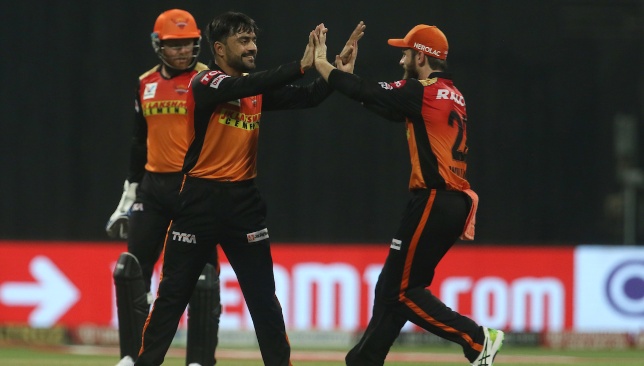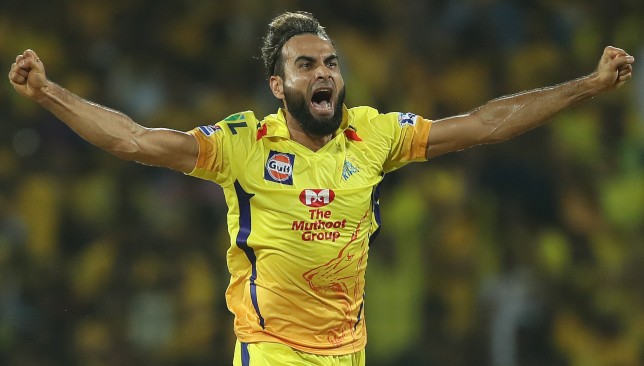
When news of the 2020 Indian Premier League being moved to the UAE was announced, spinners were licking their lips at the prospect of bowling on the slower tracks in the region. The shift in strategy was evident with teams replenishing their spin arsenal at every perceivable opportunity.
When Australia pacer Kane Richardson pulled out of the tournament late in August, Royal Challengers Bangalore drafted in his leg-spinning compatriot Adam Zampa as a replacement.
When Lasith Malinga announced his unavailability for the IPL, several expected Mumbai Indians to follow Bangalore’s cue and bring in a spinner as a replacement. Eyebrows were certainly raised when the defending champions opted to turn their attentions towards a pacer in James Pattinson instead, especially given his status as a red-ball specialist.
Nearly three weeks since the tournament got under way in Dubai, it is Mumbai’s stand which is being vindicated. The UAE’s pitches, with special mention to Sharjah, have not really been the spinner’s paradise as anticipated.
PACE IS MAKING THE DIFFERENCE

Image credit – BCCI/SPORTZPICS.
As many as eight of the top 10 wicket-takers in the competitions so far are pacers, including the four highest spots in the table. Pace has been the key to taking wickets in the powerplay as well as death overs, with overseas fast bowlers in particular standing out.
In fact, Pattinson looks like an inspired addition for Mumbai with the Aussie forging a lethal trio alongside Trent Boult and Jasprit Bumrah. Together, the three fast bowlers have combined to snare 30 wickets for Mumbai in just six matches.
Meanwhile, Delhi Capitals are reaping the rewards of pairing Kagiso Rabada with fellow South African pacer Anrich Nortje. The Proteas duo has been on fire for the resurgent Capitals and have fetched 19 wickets between them in five appearances. Rabada has been the pick of all bowlers in the tournament in the UAE and is the runaway leading wicket-taker with 12 scalps to his name.
Out of the 217 wickets to fall in the tournament up to Kolkata’s victory on Wednesday over Chennai, only 76 have been claimed by spinners. In summary, spin has accounted for just a third of the wickets so far, with pace bearing the heavy workload.
RCB’s Yuzvendra Chahal is the only spinner to feature among the top five wicket-takers in the tournament, the leggie helping himself to eight wickets in five matches. While Sharjah has been a graveyard for all kinds of bowlers with its supremely batting-friendly pitch, the tracks in Dubai and Abu Dhabi have offered decent purchase to pacers.
The evening dew in the UAE could be a reason behind spin’s underperformances, with bowlers finding it tough to grip the ball in such conditions.
SPIN IS STILL KEY FOR CONTROL

Image credit – BCCI/IPL.
Although pace is quite clearly the way to search for wickets in this IPL, spin has played an important role in a different aspect. Spinners have always been a method to rein in the scoring rate in T20 cricket, and the same has applied in the UAE.
While they might not be the primary threat with regards to wickets, spin has been instrumental in keeping the economy-rate in check. Six of the 10 most economical bowlers in the IPL so far are spinners, including all the top five spots in the list.
Delhi’s Axar Patel has been the most impressive spinner in this regard, with the left-arm orthodox bowler’s economy-rate after four appearances standing at a stellar 4.57. Patel hasn’t gone for more than 18 runs in any of his four-over spells, while he has also chipped in with four important wickets.
Washington Sundar has done a similar kind of job for RCB with an economy-rate of 4.80, despite being used frequently in the powerplay overs. Afghanistan’s Rashid Khan is unsurprisingly up there, too, with the Sunrisers Hyderabad star going at just 5.20 runs per over after five appearances.
Not all spinners have enjoyed the conditions in the UAE though, Rajasthan Royals’ Shreyas Gopal has struggled to replicate the impact he made in the 2019 edition. While the leg-spinner picked 20 wickets last year at an economy-rate of approximately 7, he has claimed just four wickets in five outings this time at an economy-rate of 9.
SPIN IMPACT COULD GROW IN THE LATTER STAGES

Image – BCCI/SPORTZPICS.
Spin might not be the favourable wicket-taking threat at the moment, but that could change as the tournament progresses. The fact that only three venues are being used to host the IPL means that pitches and surfaces will lose their freshness with time.
The wear and tear should see the tracks become slower, and this should aid the spinners in becoming a greater wicket-taking option. They might not get much joy in Sharjah given the pristine batting conditions at the venue currently, but they can certainly expect more purchase in Abu Dhabi and Dubai.
The 2020 IPL is a long tournament and there is still more than a month of action still to come. With games taking place every single day including double-headers on the weekends, the pitches will definitely deteriorate in the coming weeks.
Do not be surprised if teams pack in more spinners in the playing XI in the latter stages. Star spinners such as Imran Tahir, Sandeep Lamichhane and Mujeeb ur Rahman are finding it difficult to gain game time currently, but that picture could change drastically by the end of October.
Pace is king for now, but expect spin to make a sharp comeback.